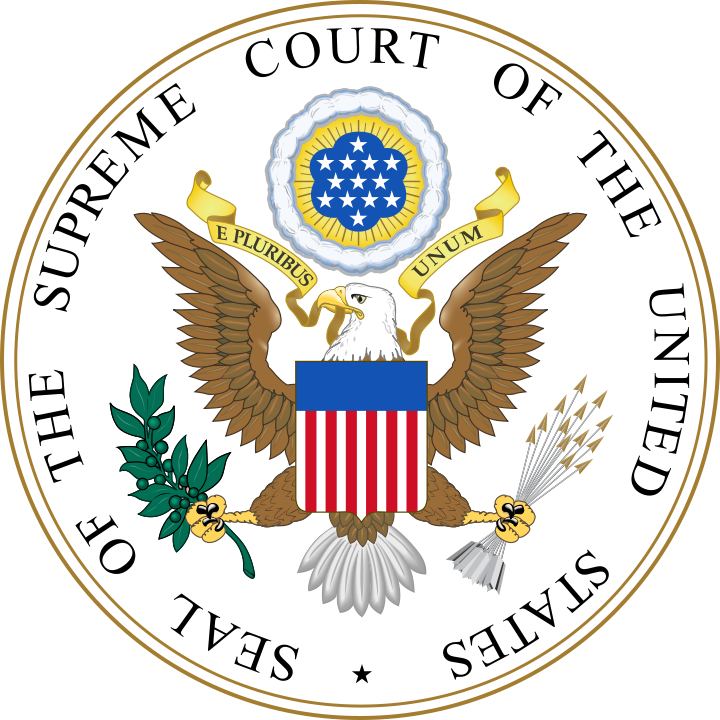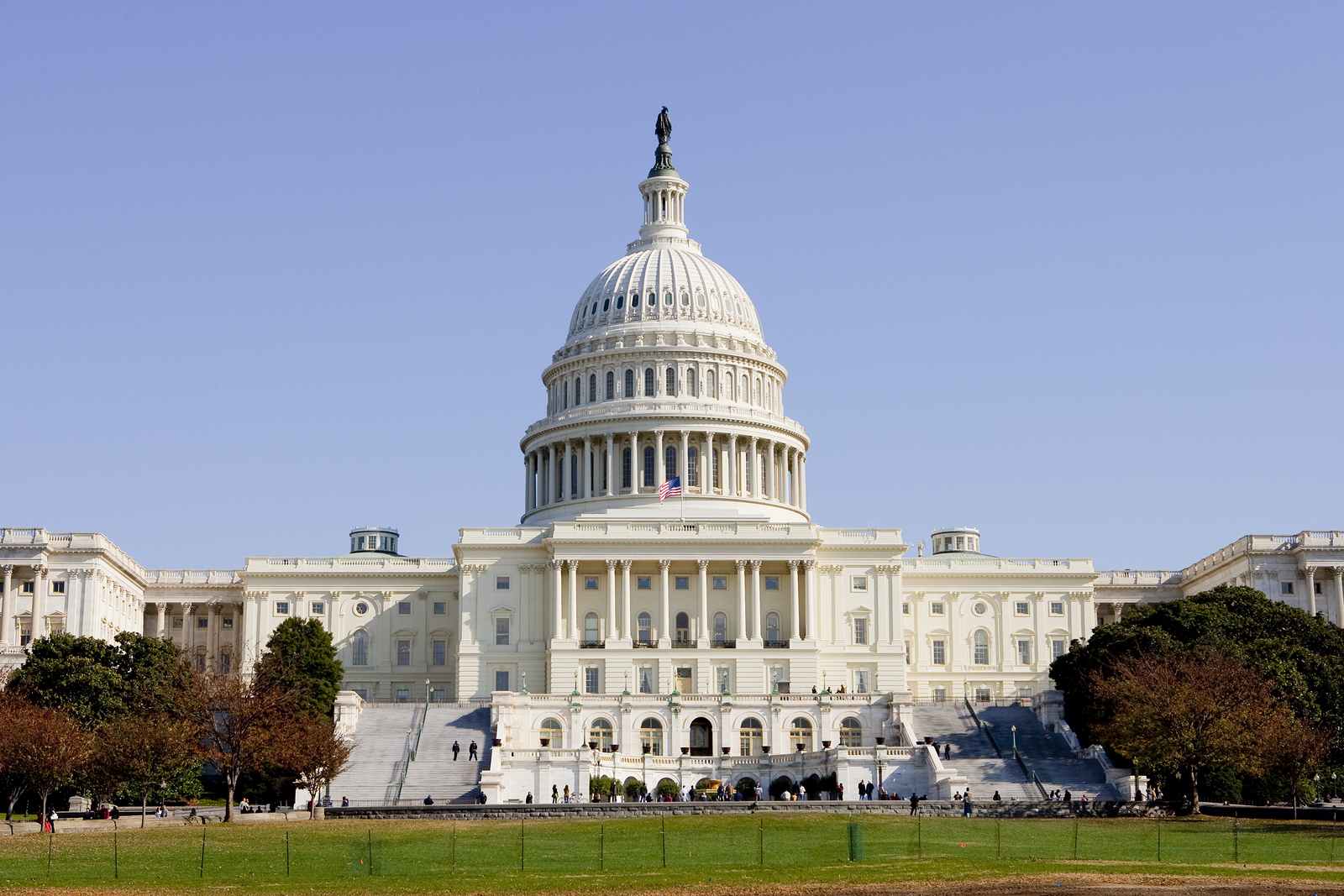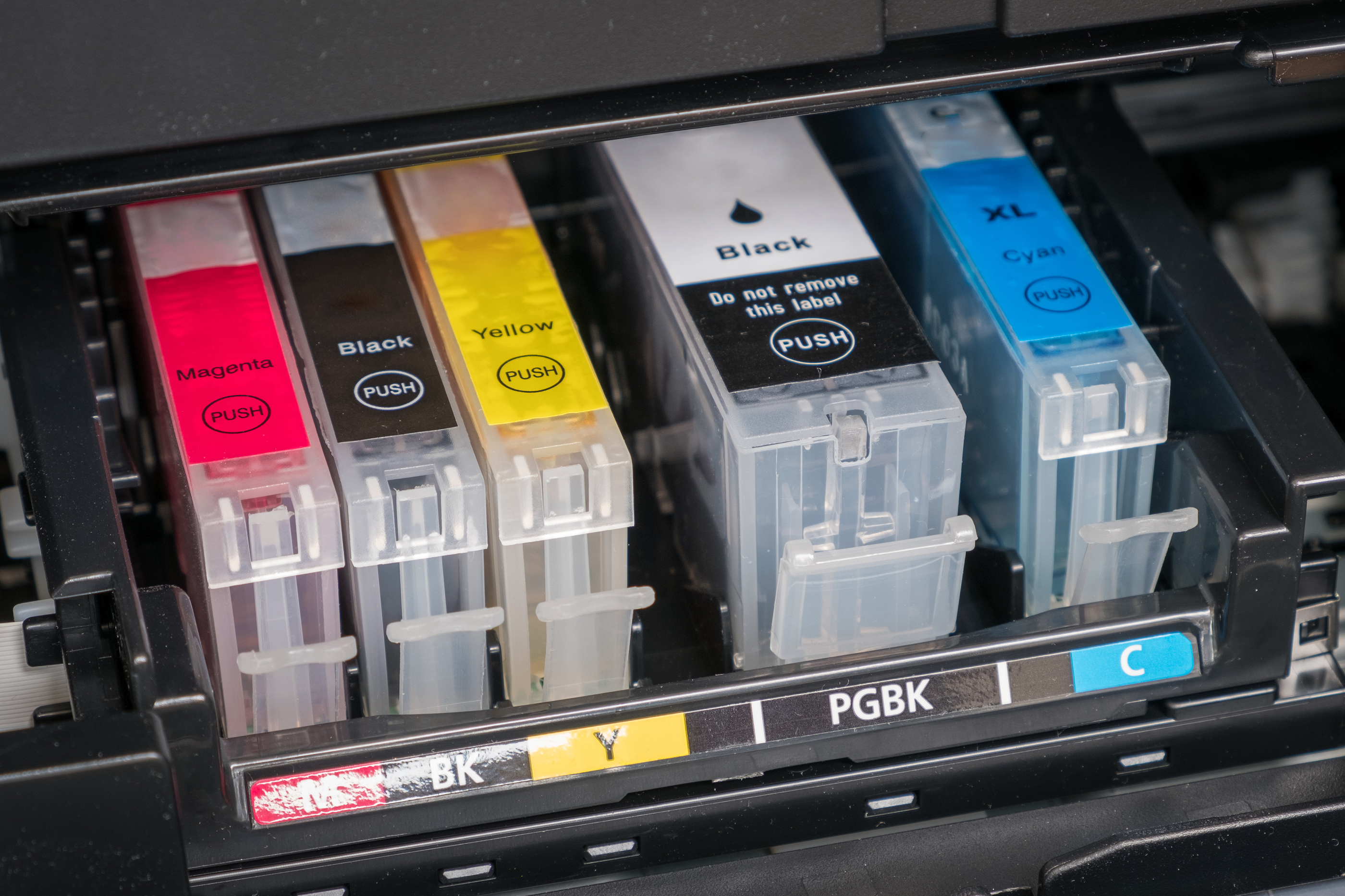The Changing Landscape of Software Protection (Google LLC v. Oracle Am. Inc.)
Shane R. Thielen is a patent attorney at Suiter Swantz IP and teaches Copyright Law at Creighton University School of Law. His course focuses primarily on the Copyright Act of 1976 and considers the types of works protected, the requirements for protection, and the scope of protection. Shane is registered to practice before the USPTO and is also a member of the Patent Bar, and the Nebraska State Bar.
After a decade-long legal battle between Google and Oracle, the Supreme Court has ruled in favor of Google – changing the landscape of software protection.
Computer software is a relatively recent addition to copyright law. Beginning in 1976, and with more recent amendments, software was explicitly added to the definition of a “writing:” a constitutional requirement for copyright protection. There has been tension ever since.
Even after the 1976 amendment, significant legal cases centered around whether compiled code (code converted to machine language) was protectable or just a functional part of a computer; whether a user interface was protectable; and whether protection extended beyond the literal written code. At every turn, the scope of protection for software expanded. Ultimately, copyright protection for software extended all the way to flow-charts, and the organization of classes and modules.
And so we come to Google LLC v. Oracle Am. Inc. The Android operating system, developed by Google, has an application programming interface (API) similar to Java SE, developed by Sun Microsystems, which Oracle later acquired. When developing the Android operating system, Google wanted to leverage the large group of existing Java developers to produce software for the Android platform. Google tried to enter into an agreement to license Java. When no deal could be reached, Google’s engineers produced an original operating system including class names, module names, and parameter organizations that were identical to corresponding classes and modules in Java; none of the functionality (that is to say the code that makes the computer do work) was copied. Oracle sued Google for violating its copyright in Java, including the high-level structure of the language.
In a series of high-profile legal decisions spanning more than a decade, courts, including the Supreme Court, handed Google several defeats. First, the overall structure of the Java language was held to be an original, creative expression, and therefore subject to copyright protection. Second, Google argued the Java structure had become standard, stock elements that everyone needed to be able to use (the doctrine that standard elements or necessary elements should be free to everyone is called “scenes a faire” or “merger”), but that argument was unpersuasive.
Finally, in what seemed to be its last chance, Google argued that its use of the Java structure was a “fair use.” Fair use is probably the most challenging part of copyright law; copying a work is not an infringement (i.e., a fair use) if the use is transformative, limited to what is necessary, and not intended to coopt the economic value of the original. You could spend the rest of your life trying to pin down all the factors of a fair use analysis.
In a ruling issued on April 5, 2021, the Supreme Court ruled that Google’s use of the Java structure was a fair use: expanding the structure to mobile devices was transformative, Google limited the amount copied to only class and module names necessary for mobile devices (a relatively small percentage of the total structure), and Google was not displacing any Java product for mobile devices. Perhaps most critically, the Court noted that the class and module structures at issue performed an “organization function” and therefore were more open to fair use.
Congress and courts have been very pragmatic about balancing the public’s interest in free access to ideas against the economic necessity of protecting software developers’ products. For several decades, that balance has taken the form of allowing copyright protection for aspects of software that may be more functional than artistic expression (and therefore more properly protected by patents than copyrights). In a nutshell: patents are intended to protect functional embodiments of an idea; copyrights are intended to protect artistic expressions of an idea. Software has always occupied a nearly unique position because it takes the form of a written that includes creative expression, but it also causes a machine to perform a function. The line for copyright protection has always been functionality; the machine’s actual functionality is not protectable by copyright, but all of the code that facilitated that functionality was protectable.
With the Supreme Court’s April 5 ruling, the scope of software copyright protection appears to be scaled back. In a dissenting opinion, Justices Clarence Thomas and Samuel Alito thought the decision “makes it difficult to imagine any circumstance in which declaring code will remain protected by copyright.” That may be a substantially accurate prognostication.
Going forward, software developers will have to give more serious thought to the mechanisms they employ to protect their software. Copyright can be relied upon for the lowest level of code (the code that implements the modules’ functionality), but probably not for the most abstract and highest level of code (flowcharts and class and module definitions). Software developers will have to give renewed thought to patent protection.
Software developers have been split on patent protection; some prefer an open-source model; others prefer every available protection mechanism. The economic reality is that copyrights are cheap and easy to obtain; patents are costly and require substantial examination to be issued. As long as copyright protection seemed to cover everything, patent protection was easy to discount. That can no longer be the case.
Software patents have had historic reshuffling over the last fifteen years. Business owners that produce and sell (or license) software based on unique functionality will have to be familiar with the patent system, and how it applies to software. Software that improves the operation of a computer and software integrated into a novel process is patent-eligible; software that is a computerized version of standard number crunching is not patent-eligible but is still copyrightable.
It will be the business owner’s responsibility to assess early in product development whether the functionality embodied in the software is sufficiently new to seek advice about patentability, and recognize that your competitors will be doing the same thing.
Suiter Swantz IP is a full-service intellectual property law firm providing client-centric patent, trademark, and copyright services. If you need assistance with an intellectual property matter and would like to speak with one of our attorneys, please contact us at info@suiter.com.
Supreme Court Rules AIA Reviews are Constitutional
Inter Partes Review
On April 24, the U.S. Supreme Court handed down two opinions pertaining to inter partes review (IPR); a relatively new mechanism for challenging the validity of a U.S. patent, enacted by the America Invents Act (AIA) in 2012. IPR allows anyone to challenge the validity of an issued patent on the grounds that the subject matter covered by the patent is the same as, or would have been obvious in light of, other patents or printed publications that would have been available when the patent application was filed, provided the challenger can demonstrate a reasonable likelihood of success.
Challenging the validity of an issued patent is nothing new; however, IPR and post-grant review (PGR) are relatively new administrative procedures brought before the Patent Trial and Appeal Board (PTAB), itself a relatively new administrative body within the United States Patent and Trademark Office (USPTO; acronyms, this is what I do with my life). Many institutional patent holders have felt a lot of pressure on their patent portfolios: patents issued by the USPTO aren’t necessarily safe even within the walls of the USPTO. Some of those patent holders have challenged the constitutionality of the IPR process.
Oil States Energy Services LLC v. Greene’s Energy Group, LLC
Oil States Energy obtained U.S. Patent No. 6,179,053 and sued Greene’s Energy for infringement. Greene’s Energy challenged the validity of the patent in District Court and at the USPTO, using IPR with both proceedings going on in parallel. The District Court seemed to favor Oil States while the PTAB found Oil States claims unpatentable. Oil States appealed to the Federal Circuit both on patentability of the claims and constitutionality of the IPR process (that is, patents should only be invalidated by an Article III, or judicial court). The Federal Circuit subsequently issued a ruling in another case upholding the constitutionality of IPR. The Supreme Court held that Congress has the power to assign the judgment of public rights (such as patent rights) to entities other than Article III courts.
So IPRs (and presumably PGRs) are constitutional, but maybe there are administrative limitations to the scope of such reviews. If administrative courts like the PTAB have the power to adjudicate patent rights, perhaps the administrators of the USPTO have some discretion in determining the scope of those adjudications.
SAS Institute Inc. v. Iancu, Director, USPTO
SAS petitioned to review all the claims in a patent issued to ComplementSoft under IPR. The Director instituted review of some, but not all the claims pursuant to USPTO regulations allowing partial institution. SAS challenged the partial institution provision, maintaining that all the claims should have been reviewed. The Supreme Court agreed, holding that SAS’s petition, not the discretion of the Director, should guide the scope of the litigation.
Together, Oil States and SAS indicate that the PTAB has the constitutional authority to adjudicate patent rights, but not the authority to alter the scope of the rights being adjudicated. Aspects of the STRONGER Patents Act might have an impact on IPRs if it ever gets signed into law; for example, under the proposed law, only entities that have been sued can bring an IPR challenge, and issued patents would have a presumption of validity. But those changes are prospective at best.
It seems to me, the best defense to any kind of validity challenge is, and always has been, aggressively making the examiner aware of the prior art during prosecution. If a patent applicant tells the examiner about a reference, and the examiner reviews the reference during prosecution and still issues the patent, validity challenges become less problematic. On their own, examiners are pretty good at putting together the prior art; but when tens or hundreds of millions of dollars are at stake, even incompetent litigators can piece together some kind of validity argument (and they always do)..
Also, make sure all the issued claims are valuable. Even if some claims in an issued patent are eventually judged invalid, other claims might survive. If a challenger thinks they might prevail on some claims but ultimately still infringe on other valid claims, that might be enough to dissuade the challenger altogether.
Don’t be put off from pursuing patent protection for your inventions. Validity challenges have always existed; you’re only hearing about them now because the process is new. In some sense, it’s heartening that post grant validity challenges are being conducted by the USPTO; at least the process is being handled by patent professionals.
Suiter Swantz IP is a full-service intellectual property law firm, based in Omaha, NE, serving all of Nebraska, Iowa, and South Dakota. If you have any intellectual property questions or need assistance with your patent, trademark, or copyright matters and would like to speak with one of our attorneys please contact us.
STRONGER Patent Act 2017
In July, the Suiter Swantz staff reported on the introduction of Senate Bill 1390, also known as the STRONGER Patent Act, by Senator Chris Coons of Delaware. The bill is in the first stage of the legislative process, currently assigned to the Senate Judiciary Committee. The text of the bill might change a lot before it ever comes up for a vote, if it ever does; but I thought we might pinpoint the specific changes proposed, and how they might impact patentees.
Inter Partes Review
The amendments of the bill would require a patent owner to provide a standard for interpreting any substitute claims, in light of the ordinary meaning of the terms in the claims and any admissions made during prosecution or findings in litigation. Challenged claims would be presumed valid, and the challenger would have to provide unpatentability by clear and convincing evidence (as compared to the current, lesser standard “preponderance of the evidence”). A substantial new set of rules would be provided for presenting amendments and substitute claims, which implies amendments and substitute claims might be considered a matter of right.
Inter Partes Review (IPR) could only be instituted by party that was actually sued for infringement of the patent, or under such threat of legal action that the party could have sought a declaratory judgement. Also, no claim can be challenged more than once; and, while a decision not to institute an IPR would still be nonappealable, the patent owner could appeal the director’s decision to institute such a review, including interlocutory appeal which could be useful during an infringement action.
Estoppel would apply to any party that contributed to a petition, including financial contributions; and all claim construction situations would be interpreted in a unified way, and in harmony with each other. Also, an IPR will be estopped by a final determination of novelty and non-obviousness during litigation or a federal trade commission proceeding, or stayed pending the outcome of such a proceeding.
Post Grant Review and Reexamination
The appeal and estoppel rules for IPRs would be generally replicated to Post Grant Reviews.
Injunction
A finding by a court that a valid, enforceable patent has been infringed would carry the presumption that further infringement would cause irreparable harm and have an inadequate remedy at law; so injunction would be available to the patent owner, though preliminary injunctions may still be difficult to obtain.
Patentable Subject Matter
[Crickets]
The STRONGER Patent Act, if enacted as written, would provide some additional assurances to patent owners as to the likely validity of their patents. Also, patent owners could be more confident that any claim in a patent would only be subject to a single art based challenge, at least from any one challenger. However, the bill does nothing to assuage a patent applicant’s uncertainty over the patentability of the subject matter. Subject matter patentability in high tech industries such as computer software and biotechnology, must be considered at least as critical to the value of those industries as post issuance challenges. Any comprehensive reform intended to provide greater clarity cannot ignore the chaos of the current state of subject matter patentability.
For those interested in taking a deeper dive, click here to read the proposed amendments.
Suiter Swantz IP is a full-service intellectual property law firm, based in Omaha, NE, serving all of Nebraska, Iowa, and South Dakota. If you have any intellectual property questions or need assistance with any patent, trademark, or copyright matters and would like to speak with one of our patent attorneys please contact us.
Supreme Court Ruling on Impression Products and Patent Exhaustion
The U.S. Supreme Court recently issued a decision in Impression Prods., Inc. v. Lexmark Int’l, Inc.; a case pertaining to the resale of a patented product. The Federal Circuit had ruled that a US patent is not exhausted when the patented product is sold subject to a contractual provision not to reuse or resell; instead the US patent can be asserted against downstream users and resellers. Also, a US patent is presumptively not exhausted by an authorized and otherwise unreserved foreign sale of the patented product. The U.S. Supreme Court reversed those rulings, holding that US patents cannot be asserted against downstream entities after an authorized sale, and that an authorized foreign sale does exhaust US patent rights.
Briefly, patent exhaustion is a common law principle whereby once a product covered by a patent is sold, the patent rights with respect to that product can no longer be asserted. That is to say, even though a patent grants the holder the right to prevent others from making, using, selling, importing, or otherwise practicing the invention in the United States, none of those rights can be asserted against the particular product that was the subject of the sale.
Impression Products bought after-market toner cartridges, refilled them, and resold them. The patentee, Lexmark, wanted to assert its US patent rights to block those sales. Lexmark originally sold the cartridges at a discount, along with a “shrink wrap” agreement that the cartridges not be refilled. The used and refilled cartridges were sold in the US, and in some cases were imported into the US from foreign jurisdictions.
If you are not familiar with the concept of “grey market” goods; grey market refers to a legitimate product legally sold in a foreign jurisdiction, but then imported into the United States without the authorization of the original manufacturer, sometimes in violation of an agreement not to import. The issue usually comes up in trademark cases where a manufacturer has exclusive distribution agreements with distributers in the US for a certain product, and a third party outside the US legally purchases that product and then imports it into the US, or directly sells to consumers in the US who import it themselves. The concern for the manufacturer is that such importation can disrupt relationships with the legal distributers and cause havoc with the manufacturer’s warranty system; forcing them to repair or replace many times the number of products anticipated.
The Supreme Court found that the doctrine of patent exhaustion does apply to products sold under a specific provision not to reuse or resale the product. Furthermore, patent exhaustion is presumed to attach to foreign sales, even when the sale includes an express reservation of US patent rights. The Supreme Court appears to view patent exhaustion as an exact analog to the codified “first sale doctrine” of copyrighted works. We may reasonably expect future decisions on patent exhaustion to closely follow existing decisions related to the first sale doctrine of 17 U.S.C. § 109(a).
I will let more scholarly thinkers determine the larger implications of the Supreme Court’s decision; rather I will focus on what practical steps a business owner and patent holder should take in response.
The general principle of patent exhaustion appears to be: when a patentee decides to sell a patented article, either directly or through a licensee within the scope of the license, all patent rights with respect to that article are exhausted. A patentee should not rely on patent rights and infringement actions to impose the patentee’s will on downstream purchasers. Rather, patent rights should be viewed as a means of preventing patented articles from entering the marketplace without the patentee’s authorization. Once the patentee allows a patented article to enter the market, patent rights will be of limited use.
A contract connected to the transaction may create a contractual right, but cannot preserve patent rights. Contractual terms attempting to reserve US patent rights will probably not be affective. However, the Supreme Court did affirm the principle that an unauthorized sale does not exhaust patent rights. While the Supreme Court did not expressly state as such, I think the guiding principle is that “authorization” either exists or does not exist at the time of the sale; authorization cannot be based on what happens to the article after the sale. For example, a licensee can sell a patented article to a consumer within the scope of the license who then goes on to violate an agreement between the consumer and the licensee; patent rights are exhausted and only contractual rights remain. By contrast, where a license creates a well-defined geographical region where the licensee is authorized to sell and the sale occurs outside that region, patent rights may still be enforceable against the consumer for the same contractual violation if the consumer knew of the geographic restriction.
Patentees should focus the terms of their license agreements, both in the US and in foreign jurisdictions, toward what makes a sale authorized as opposed to unauthorized. Where post sale activity is a significant problem, the patentee may be better served relying on breach of contract rather than patent infringement.
Suiter Swantz IP is a full-service intellectual property law firm serving all of Nebraska, Iowa and South Dakota. If you have any intellectual property questions or need assistance with any patent, trademark or copyright matters and would like to speak to one of our patent attorneys please feel free to contact us.




